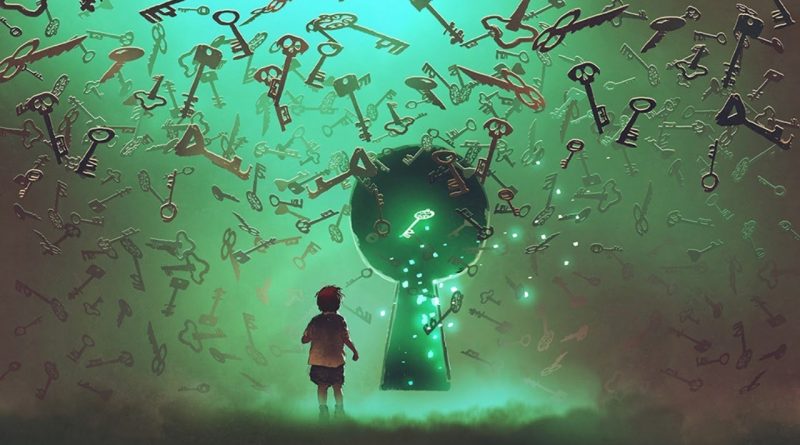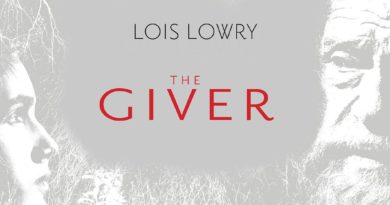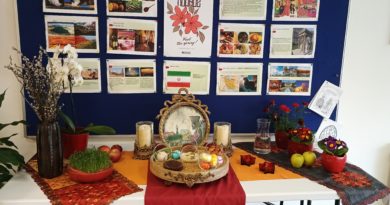We reveal the secrets of nature
Where does “observation” begin? It all starts with curiosity. Where does curiosity begin? It begins with the ability to see the unusual in the ordinary, with the ability to ask the right questions and the desire to find answers to them. Observing, we can see not only objects in general, but also their patterns, features, deviations. Curiosity allows us to find the root cause of events, establish causal relationships, hypothesize and make discoveries.
These abilities are very important to students. That is why, when studying each subject, the teachers of our school pay special attention to their development. The results of such work can be seen in projects created by students.
Viktor, MYP 1, in his work “Plant Cell” asked two questions:
– Is it true that all parts of a plant are made up of cells?
– Can a plant cell be seen well through a school microscope?
To answer them, he prepared several tissue micro-preparations from different parts of plants and examined them under a microscope. The results obtained led him to new questions and a new way of solving them. Viktor wanted not only to look at plant objects, but also to touch the cells, changing their sizes and specifying details. How did he do it? You can find the answer here.
=========
One fall at laboratory work, we put the cut plants in glasses of water. After a while, the plants withered and died. Then we took the plants with roots and placed them in glasses of water. The plants lived longer, but still began to wilt. The result of our observations grew into curiosity “Why did this happen?”
Anna and Adela, MYP 1, in their work “Do roots breathe?” answered this question by conducting an experiment. Before the experimental model appeared in their brains, they asked themselves and found answers to a large number of factual and conceptual questions related to plant biology, diffusion and the properties of gases. Here you can see how Adela and Anna satisfied their curiosity.
=======
Have you ever been in a winter forest on a frosty day? What thoughts did the ice beauty send you? What sounds broke the silence of the sleeping forest?
“Frost walks on the treetops;
shards of ice crackle under his steps.
Lord Frost comes closer and closer;
rays of sunlight dancing in his beard”
(Red-Nosed Frost by N. A. Nekrasov, 1864; translated by R. Chandler).
With these words Vadim, MYP 1, began his project “Why do trees crunch in winter?” (here). To find the correct answer, he posed many other questions:
– Are the branches breaking under the weight of the snow?
– Why don’t the leaves sometimes fall?
– Why don’t the branches of coniferous trees break under the snow?
– What is the structure of the trunk?
– How to prove that the roots drink water?
– How to prove that the leaves evaporate water?
– Is there water in the trunk in winter?
– Can water destroy the trunk?
Having found answers to these questions, after conducting several experiments, Vadim was able to solve his problem and even explain why gardeners control the absence of foliage on fruit trees during severe frosts.
It is wonderful that our students are open to finding and uncovering the secrets of nature.
“Knowledge is power”. Observation and curiosity, the basis of this Power, make our life diverse, exciting, fill it with meaning, positiveness and confidence in the future.




